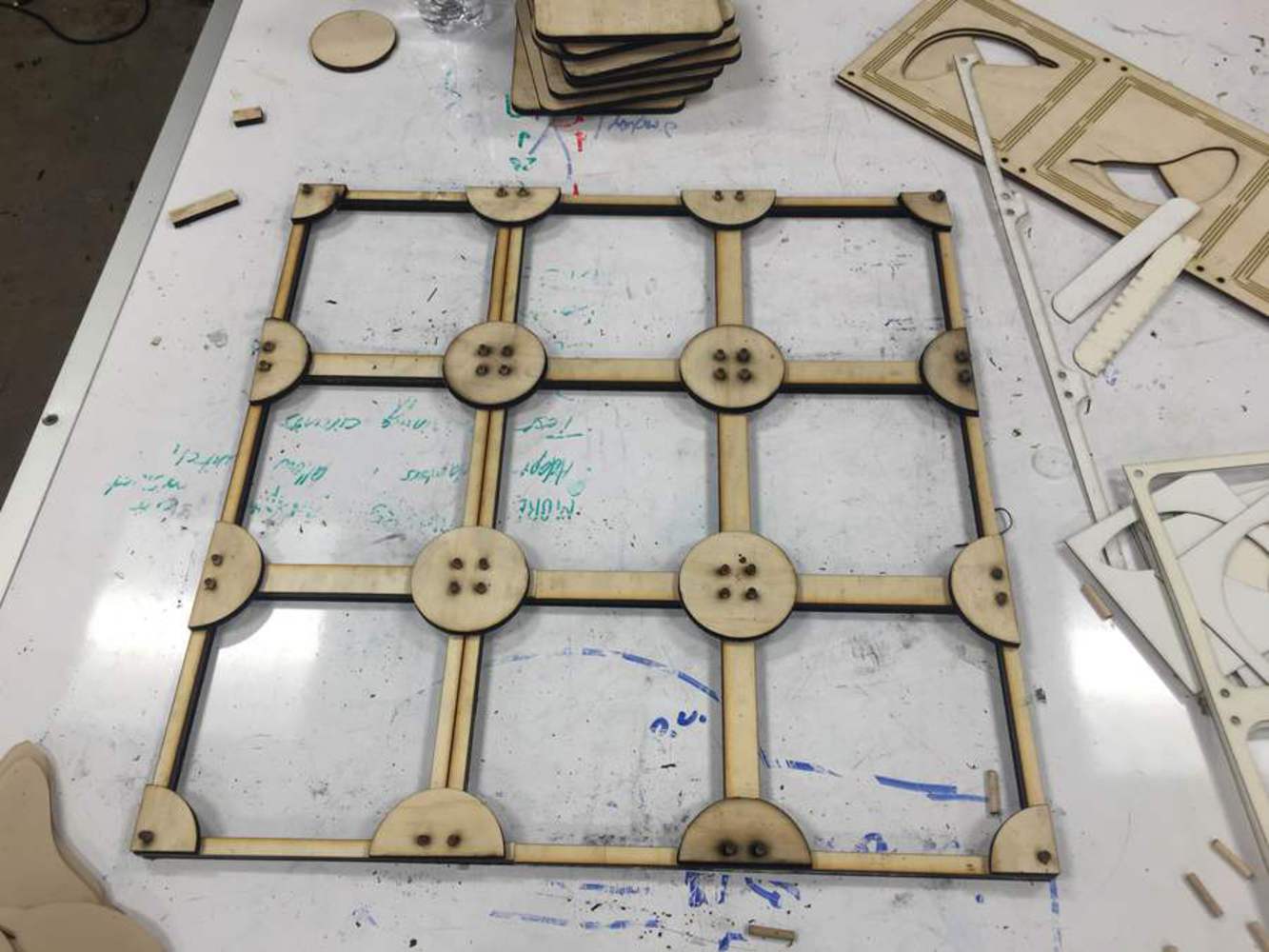Objectives
The ultimate goal of the project is to invoke wonder in a child. We want it to be something that is interactive, colorful, and fun; something that engages a child's attention, triggers their curiosity, and satisfies their natural tendency towards aesthetics and hands-on exploration. We want to make something that the children can relate to as well, because the sense of familiarity is conducive to comfort and engagement.
It all started off with Jett's "obsession" with the bananas. Bananas are such a fun concept, and it is definitely one that children are very familiar with. Then we decided to make a whole board of bananas, and the bananas will actually be LED lights that create rippling effect when one punches that part of the banana. The final product may look like a board, which was originally designed to have 5*5 tiles, but due to limited time, material and unsuccessful project management, the size was reduced to3*3. Every tile has a banana shape on it, and it is lit up in a certain color by the LED behind it. As a child and or an adult exerts pressure on a tile, the LED on that particular tile will change into a new, random color, and then activates the surrounding tiles to change color subsequently, thus creating a ripple.

